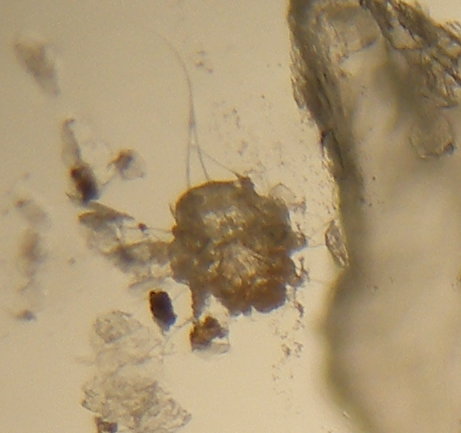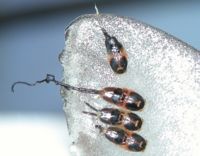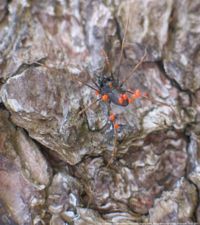Parasitology is the relationship between two organisms where one is living at the expense of the other. Parasites are highly specialised, have nutritional dependence on the host and can avoid an immunological attack. They have evolved to integrate their life cycle with that of their host species.
The two main groups of parasites are the microparasites and the macroparasites. Protozoa are microparasites as they multiply within the host. Macroparasites on the other hand, establish themselves in or on the host but produce eggs or larvae which are dispersed to the environment. Macroparasites include helminths and arthropods. The number of macroparasites in the body reflects the number which invaded the animal.
Parasites can evade an immune response from the host by changing the antigens presented to the host, produce antigens that mimic the host's antigens and can produce down-regulating factors which suppress or modify the host's immune responses. Having a rapid turnover of their surface coat when host cells bind and by being able to live in sites which are protected from the host's immune response allow parasites to establish themselves in a particular species.
Useful Resources
Information on the diagnostic tests, collecting of samples and identification of parasites
WikiWords
A glossary of the important concepts and terms in parasitology
References
This section relies heavily on lecture notes and input from:
- Professor Dennis Jacobs
- Dr Mark T Fox BVetMed PhD HFEA DipEVPC MRCVS
Other sources
- Wall and Shearer: Veterinary Entomology
- Taylor, Coop and Wall: Veterinary Parasitology, third edition
Subcategories
This category has the following 3 subcategories, out of 3 total.
Pages in category "Parasites"
The following 3 pages are in this category, out of 3 total.


